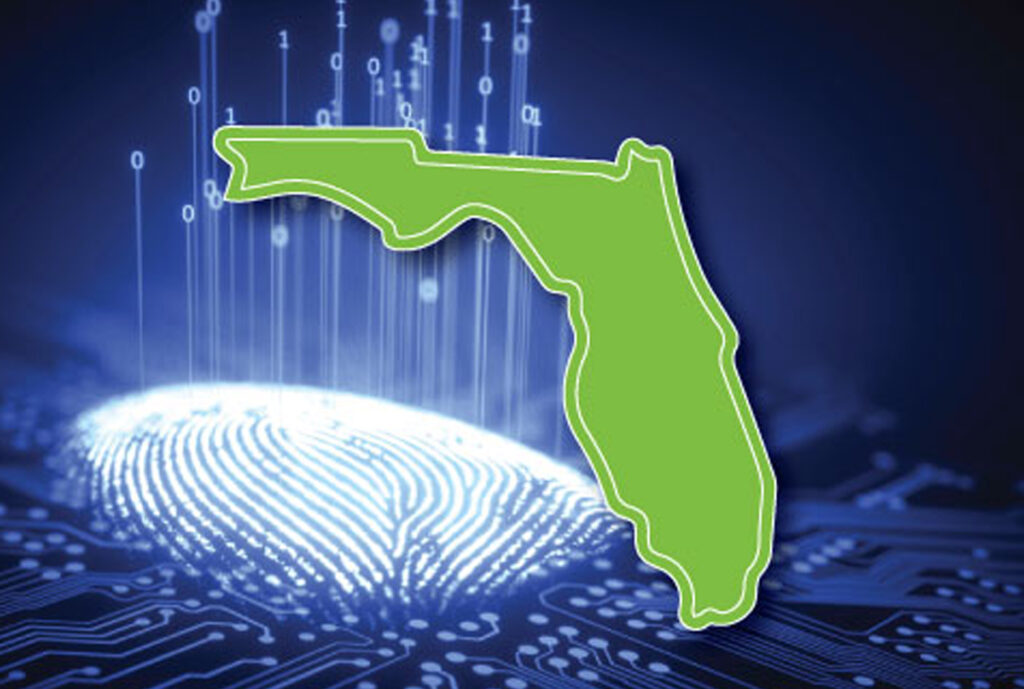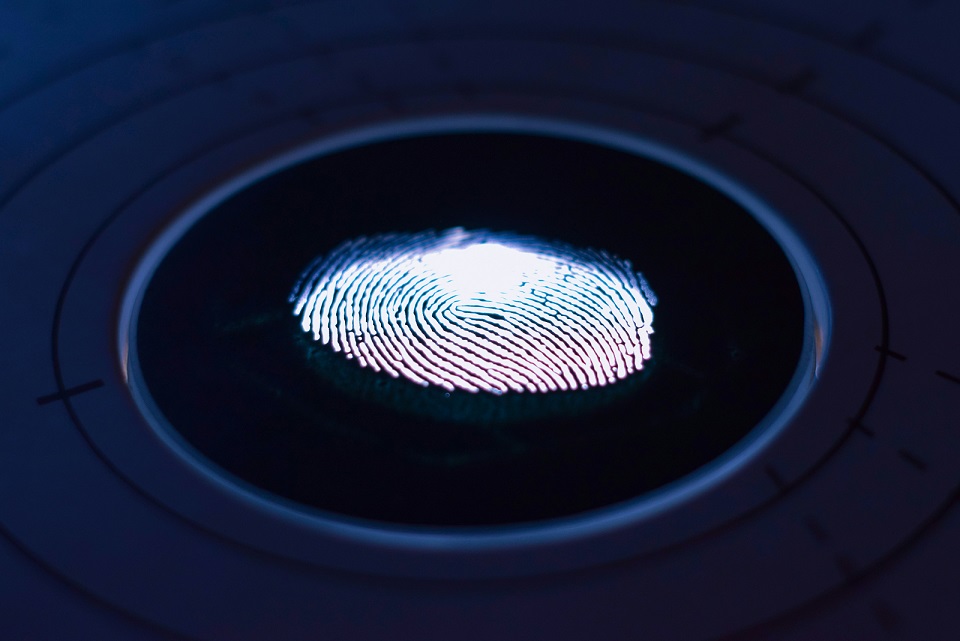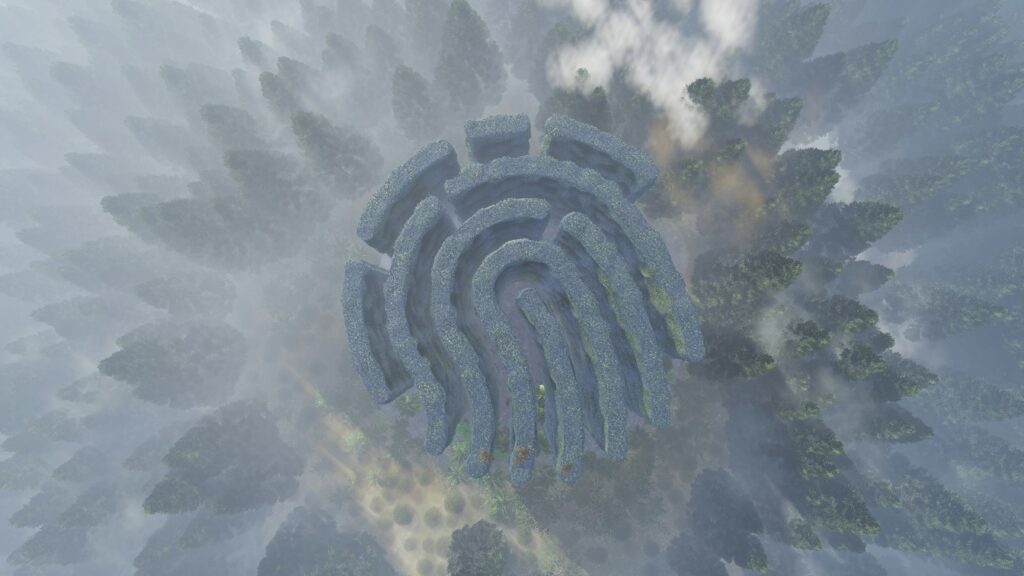NEWS
What is the rarest fingerprint type?
Fingerprints are one of the most unique and fascinating aspects of human biology. These intricate patterns, formed by the ridges and valleys on the tips of our fingers, have long been used as a means of identification, playing a crucial role in forensic investigations and security systems. However, amidst the vast diversity of fingerprint types, there exists a rare and captivating category that has captured the attention of scientists and enthusiasts alike – the rarest type of fingerprints.
Contrary to popular belief, not all fingerprints are created equal. In fact, there are several distinct patterns that can be observed, each with its own unique characteristics and relative frequency of occurrence. The most common types include the arch, loop, and whorl patterns, which account for the majority of fingerprints found in the general population. But hidden within this tapestry of fingerprint diversity are the elusive and enigmatic rare patterns.
One of the rarest types of fingerprints is known as the “central pocket loop.” This intricate design features a loop-like structure with a distinct pocket or core at the center, a configuration that is present in only about 5% of the population. Even more rare are the “double loop” and “accidental” patterns, which are found in less than 1% of individuals. These unique fingerprint types are not only visually striking, but they also hold the potential to provide valuable insights into the underlying genetic and developmental factors that shape our dermatoglyphic features.
Researchers have long been fascinated by the origins and implications of these rare fingerprint patterns. Some studies suggest that they may be linked to specific genetic variations or developmental anomalies, while others have explored the potential connections between rare fingerprints and certain medical conditions or personality traits. However, the exact mechanisms behind the formation of these elusive patterns remain largely mysterious, leaving ample room for further exploration and discovery.
Interestingly, the rarity of these fingerprint types has also made them a subject of interest in the realm of forensics and security. Law enforcement agencies and biometric identification systems often place a heightened emphasis on the analysis and recognition of rare fingerprint patterns, as they can provide valuable clues and unique identifiers in criminal investigations and identity verification processes.
As we delve deeper into the world of fingerprints, the study of these rare and captivating patterns continues to offer a window into the intricate workings of the human body and the remarkable diversity of our species. From the intricate whorls and loops to the enigmatic central pocket loops and double loops, each fingerprint tells a story, a testament to the incredible complexity and individuality that lies within us all.












